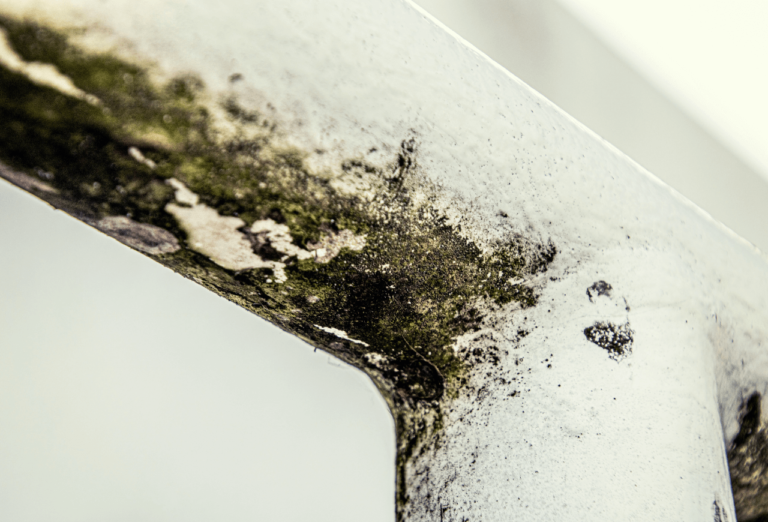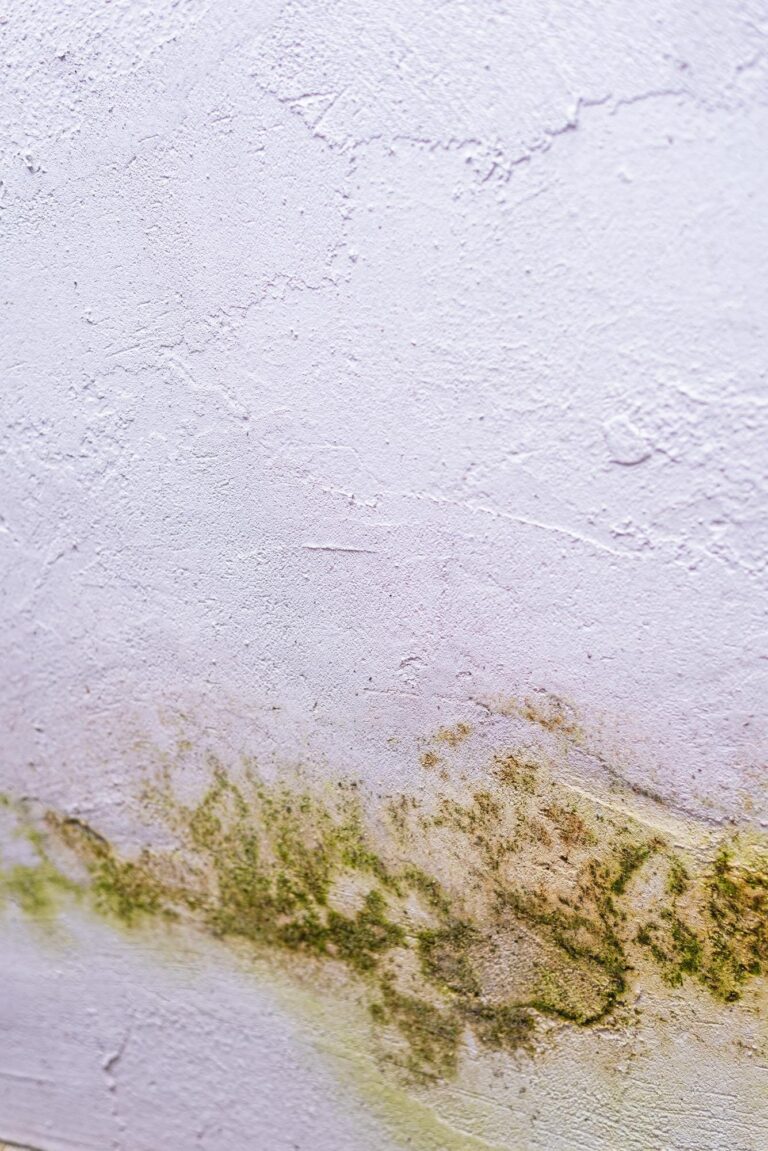The Mold Remediation Process
 Maintaining a safe home or business property is a crucial aspect of property ownership. Whether you are trying to keep your own family safe or the tenants/businesses that use the commercial property, the responsibility lies with you. Unfortunately, there are many potential issues involved in owning a building. Is the structure sound? Does the electricity work? How is the air quality?
Maintaining a safe home or business property is a crucial aspect of property ownership. Whether you are trying to keep your own family safe or the tenants/businesses that use the commercial property, the responsibility lies with you. Unfortunately, there are many potential issues involved in owning a building. Is the structure sound? Does the electricity work? How is the air quality?
That last question may be hard to answer confidently, but one thing you can be sure of is that the presence of mold ruins air quality. Mold is a fungus that can develop if four metrics are present; the right temperature, a food source, oxygen, and moisture. Usually, only three of those components exist at all times inside a building, so the mold may not be able to grow. However, if you have a moisture problem, then this final ingredient could cause mold growth.
Why is Mold Growth so Bad?
Mold growth means that there are a lot of mold spores in the air inside the building. At low levels, these contaminants are not particularly dangerous. However, the more spores there are in the air, the more harmful they can be to people in the building.
A bad mold situation can produce allergens and will result in people inhaling mold spores into their lungs. This can cause respiratory problems like asthma or allergies after long exposure, but multiple health problems could result from the existing mold.
Additionally, some species of mold can release mycotoxins into the air, which can cause further health hazards for those in the building. The bottom line is that mold damage is dangerous. If you have mold problems on your property, then you need to initiate a remediation process.
Mold Remediation and What it Accomplishes
The most basic way to define mold remediation is the process of removing mold and preventing future growth. There are multiple steps to this method that must occur for the mold remediation process to be effective.
Inspection
If you hire Portland mold remediation services to handle your problem, then an inspection will be the first step in the process. These professionals can inspect surfaces, identify the contaminated area and how many square feet it involves, and then start performing mold remediation.
Whether you hire a mold remediation company or attempt mold removal yourself, make sure you use personal protective equipment whenever you enter the affected area.
Stopping the Source of Mold Spores
As mentioned before, there are four ingredients required for mold contamination to occur, and the most significant one is a moisture source. Homeowners and commercial property owners experience water damage regularly. Burst pipes, leaking appliances, poor insulation, faulty fixtures, and storms can all cause a water problem on the property. Mold growing on the property is a sign of water damage somewhere nearby.
An effective mold remediation process includes this necessary step. You, or a remediation company, need to locate the source of the moisture that is resulting in visible mold. Then, you need to take action to remove that source. Fix that pipe, improve insulation, extract standing water, dry out wet materials, and make sure that the moisture source is taken care of first.
Mold Removal
Now that the water source is eliminated, the moldy surfaces or moldy materials can be cleaned. Some items may need to be thrown out if the mold problem is extensive, but a thorough cleaning process may restore the materials. Scraping away as much of the mold from non-porous materials is the best way to remove mold. Porous materials may require an extra step to remove mold effectively.
A helpful tip is to use plastic sheeting and duct tape to seal off the affected areas. This will help prevent further spread as you work to remediate mold growth.
Cleaning/Disinfecting
Mold cleanup may require thorough scrubbing with a soap or bleach solution to completely disinfect the affected materials. Surfaces like carpet, drywall, ceiling tiles, and other personal items could have absorbed water, making it harder to prevent a mold problem if not thoroughly cleaned. This part of the process is crucial because the indoor air quality of your building matters. If left untreated, people could suffer from health issues when they breathe in the mold spores that are present in the air.
This is also important for removing that musty odor that is often a symptom of the spread of mold. Sprinkling baking soda in water-damaged areas can help eliminate these smells.
Preventing Future Mold
Improving the systems in your house or business property is the best way to prevent the need for mold removal services. Since mold spores thrive in the presence of water, you need to turn your property into a more hostile environment for mold by keeping moisture levels low.
The Environmental Protection Agency has strict standards for what levels of water and mold are safe in a building. With the right HVAC system in the building, you can be sure that moisture is kept to a safe level that will not result in the growth of mold. It may be time to update some of your heating and conditioning equipment to manage water levels so that you can prevent contaminated areas. Dehumidifiers should be placed in high-risk areas like basements or laundry rooms.
Make Your Property Safe For Everyone
Homeowners and commercial property owners should strive to create a safe environment for everyone in the building. When mold grows, it can threaten the health of those who are on the premises. Instead of relying on your abilities, contact a remediation company that can effectively remove mold from all materials and prevents future mold damage as well.
The mold remediation process is complicated, and if you don’t know what you are doing, then you may just be implementing half-measures that do not solve the problem. Research your local area to find the experts so that you can return your property to a safer condition.


